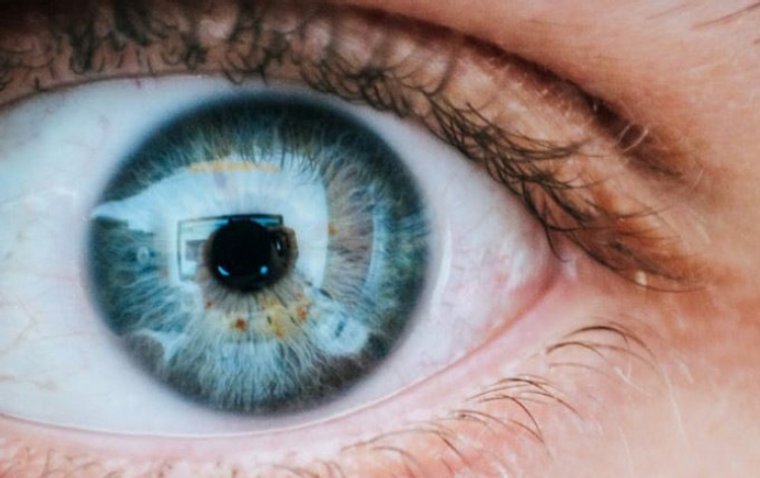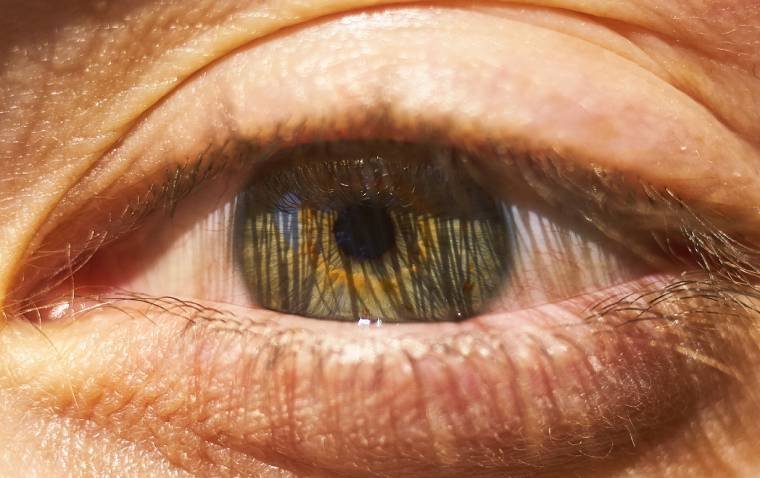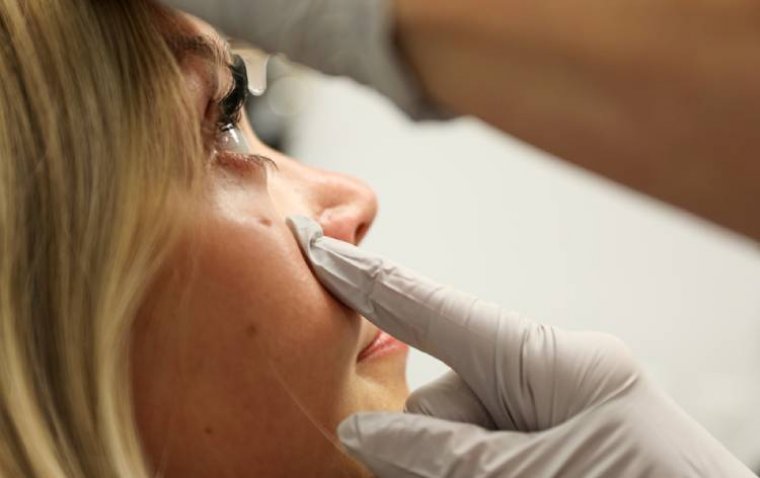
Study Highlights Need for Early Advice to Young Adults Amid Rising Dry Eye Disease Cases
Researchers at Aston University, in collaboration with Oslo University Hospital and Sørlandet Hospital Trust in Norway, have called for more preventive advice to be given to young adults regarding dry eye disease. This follows a study that found 90% of participants exhibited at least one sign of the condition in their eyes.
Understanding Dry Eye Disease
Dry eye disease occurs when the eyes do not produce enough tears or produce poor-quality tears lacking sufficient lipid or mucus layers. This leads to poor tear film stability and rapid evaporation. Symptoms include gritty eyes, itching or stinging sensations, red eyes, sensitivity to light, and blurry vision. Risk factors include stress, wearing contact lenses, and female gender. Among 18–25-year-olds, screen use is identified as a major contributing factor.
Study Design and Findings
The study followed 50 young adults aged 18 to 25 over time. Led by Dr. Rachel Casemore at the Aston University School of Optometry, this research is the first of its kind. The researchers assessed dry eye disease symptoms, lifestyle factors, and followed up after one year to observe any disease progression.
The findings, published in The Ocular Surface journal, showed:
• 56% of participants had dry eye disease at baseline
• 90% had at least one symptom of dry eye
• Approximately 50% of participants had lost at least 25% of their meibomian glands
The meibomian glands are crucial as they produce the outer lipid layer of the tear film, preventing tear evaporation and maintaining eye moisture.
After one year, researchers observed significant progression of dry eye disease in the participants.
Correlation with Screen Use
The study found a strong correlation between screen time and signs of dryness on the eye surface. Participants averaged eight hours of screen use daily. Prolonged screen time was associated with greater evidence of dry eye disease symptoms and progression.
Importance of Early Detection and Prevention
Researchers concluded that early detection of potential signs of dry eye disease is critical. Identifying at-risk individuals allows for early intervention and advice to manage the condition before significant progression.
Dr. Casemore emphasized that slowing the progression of dry eye disease can be achieved through:
• Taking regular screen breaks
• Performing blink exercises to promote meibomian gland function
• Maintaining good hydration
• Following a balanced diet rich in omega-3 fatty acids (e.g., oily fish)
• Keeping regular sleep patterns
Individuals with irregular sleep due to disorders or anxiety are encouraged to seek professional advice. For contact lens wearers, regular eye check-ups are vital, along with adhering to replacement schedules, wearing time limits, and cleaning regimens, and avoiding sleeping, showering, or swimming while wearing lenses.
Expert Commentary on Lifestyle Impact
Dr. Casemore commented:
"It is concerning to note the increasing prevalence of dry eye disease signs and symptoms in young adults, which has been referred to as a 'lifestyle epidemic' by some researchers. Eye care practitioners are well placed to identify the clinical indicators of dry eye disease and counsel young adults around modifiable risk factors, such as screen use habits, sleeping habits, contact lens use, diet, blinking patterns, and management of stress levels."
Future Research Directions
Dr. Casemore also noted that future research will continue investigating potential tear and meibomian gland oil biomarkers identified during the study. The researchers also plan to explore further the effect of diet on dry eye disease development.
Reference:
Rachel K. Casemore et al, A prospective, longitudinal study to assess progression of ocular surface signs, tear cytokines and protein profiles in young adults, The Ocular Surface (2025). DOI: 10.1016/j.jtos.2025.02.011
(1).jpg)










